Reading is a complex skill that involves multiple factors working together to develop skilled readers. The five pillars of reading, including phonemic awareness, phonics, fluency, vocabulary, and comprehension, are essential in developing reading proficiency. Scarborough’s Rope is one model that can help us better understand the
However, these pillars do not work in isolation but rather are interconnected, which means that a deficiency in one area can affect the entire reading process.
What is the science of reading?
The science of reading refers to the body of research about how we learn to read. It draws on research and information from educational psychology, cognitive psychology, neuroscience, and linguistics.
The science of reading indicates that there are five main pillars of reading. For students to be successful readers, they need to have a foundation built on all five areas:
- Phonemic awareness
- Phonics
- Fluency
- Vocabulary
- Comprehension
It is important to note that the science of reading is not a new way of teaching reading.
I have put together a Teacher Cheat Sheet of terms you might hear, see, or read when you are learning about the science of reading, so if you need clarification on any of these five pillars associated with, download my freebie!
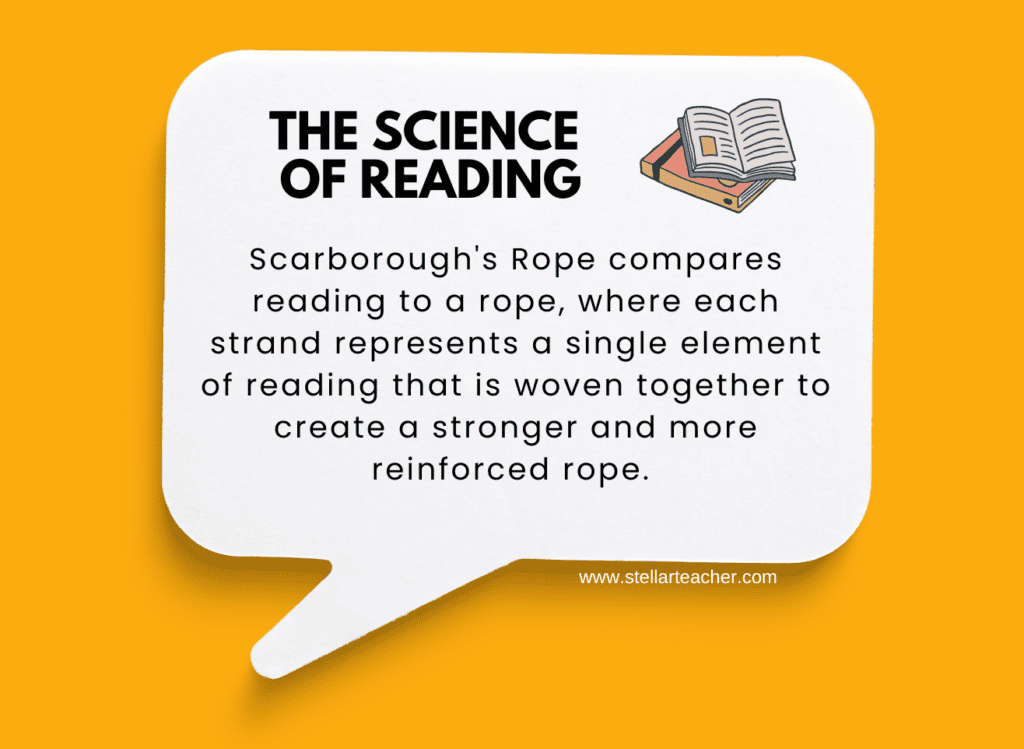
Understanding Scarborough’s Rope
One framework that helps explain the interconnectedness of the five pillars of reading is Scarborough’s Rope. In this model, reading is compared to a rope, where each strand represents a single element of reading that is woven together to create a stronger and more reinforced rope. The two main strands of the rope are language comprehension and word recognition, which are the same two factors in the Simple View of Reading.
Language comprehension is the ability to understand and comprehend the meaning of text, while word recognition is the ability to recognize and decode printed words.
Within each strand of Scarborough’s Rope, there are smaller strands that are needed for students to demonstrate proficiency. For word recognition, students need:
- phonological awareness
- decoding
- sight word recognition
For language comprehension, students need:
- background knowledge
- vocabulary
- language structures
- verbal reasoning
- literacy knowledge
One of the benefits of Scarborough’s Rope is that it highlights the interconnectedness and complexity of reading. Often, reading skills are taught in isolation, which can lead to a lack of understanding of how spelling, vocabulary, and comprehension connect. Scarborough’s Rope emphasizes the importance of weaving all the strands together to create a strong and reinforced rope.
Another advantage of Scarborough’s Rope is that it provides a roadmap for instruction and intervention, especially for upper-grade students who are struggling with reading. By using Scarborough’s Rope to assess a student’s ability and plan out intervention, educators can identify the areas that need the most focus.
For instance, students need to have strong word recognition skills before working on comprehension. Additionally, this model highlights how various factors contribute to comprehension, such as background knowledge and sentence structure.
It’s important to note that Scarborough’s Rope is not a checklist that can be taught sequentially. Reading instruction requires continuous weaving of the strands to reinforce and strengthen the rope. Teachers need to provide students with additional tools and knowledge in all areas to help enhance their reading abilities continually.
Scarborough’s Rope is a useful framework that emphasizes the interconnectedness and complexity of reading. It helps teachers understand how various elements of reading work together to develop skilled readers. By using this model, teachers can create a roadmap for instruction and intervention and continuously provide students with the tools and knowledge they need to become proficient readers.
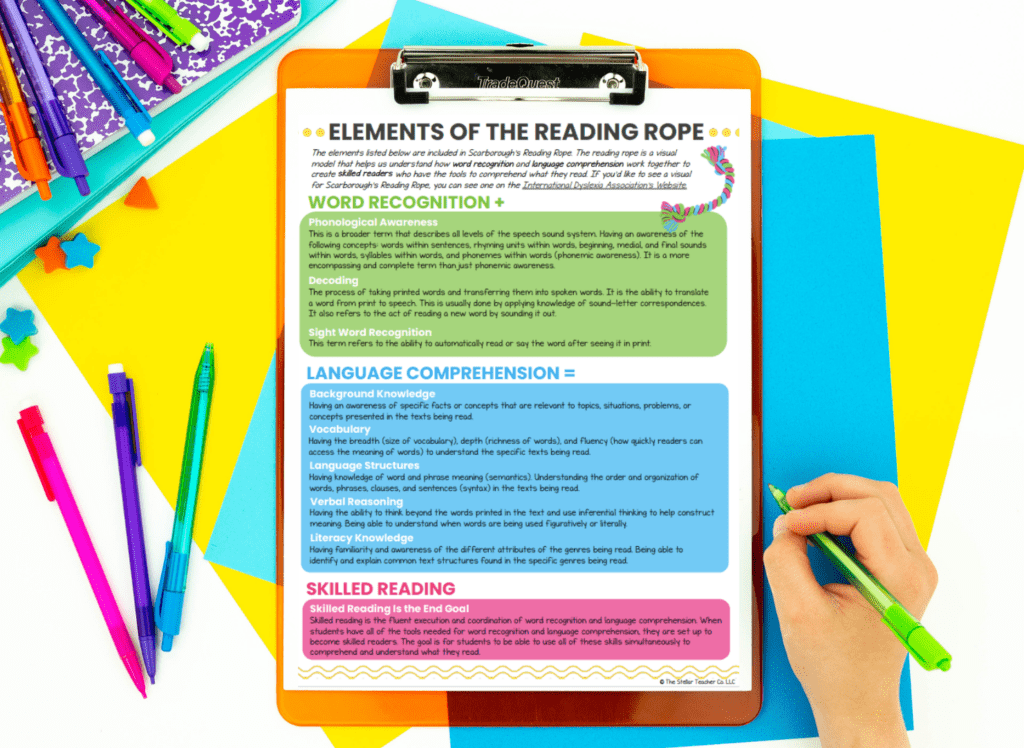
How do I incorporate the strands of Scarborough’s Rope in my classroom?
To some degree, you probably already are. Remember that the science of reading refers to the body of research on how to teach reading and Scarborough’s Rope is one model that explains the interconnectedness of the five pillars of the science of reading. I bet you are doing a few things that are aligned to the research and have a good place to build from.
Here are five ways things you can start doing to start incorporating the strands of Scarborough’s Rope in your classroom:
Educate Yourself: Read up on Scarborough’s Rope, its principles, and its evidence-based practices. There are many books, articles, and online resources available to help you learn more about this approach to teaching reading.
Use Evidence-Based Instructional Practices: Use instructional practices that have been proven effective by research, such as structured literacy instruction, explicit phonics instruction, and direct instruction in comprehension strategies.
Vocabulary Building: One way to promote language and vocabulary development is to engage children in vocabulary building activities. For example, you could have a word of the day or week and encourage students to use the word in context. You could also play a game where students have to guess the meaning of a new word based on the context in which it is used.
Print Awareness: To promote print awareness, you could play a game where students have to find certain letters or words in a book or on a page. You could also have children make their own books or write and illustrate their own stories, which would help them understand the different elements of a book such as the cover, title page, author, and illustrations.
Phonemic Awareness: Phonemic awareness is the ability to identify and manipulate individual sounds in words. To promote phonemic awareness, you could play games where students have to identify the first or last sound in a word, or you could have students blend individual sounds together to make a word. You could also have students segment words into individual sounds or syllables.
Put It Into Practice:
- Download my freebie The Science of Reading: Teacher Reference Guide to help you build a solid understanding of concepts and vocabulary associated with the science of reading.
- Check out podcast Episode #86: of the podcast: Understanding Phonological and Phonemic Awareness with Michelle and the Colorful Classroom.
- Join us inside The Stellar Literacy Collective, where you will get access to a resource library filled with reading resources, including resources to help you incorporate all five pillars of reading in your classroom.
Happy Teaching!


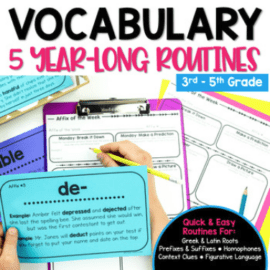
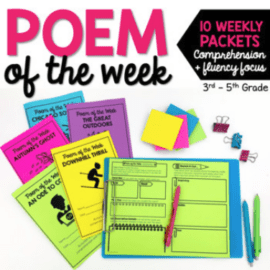
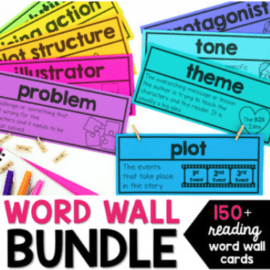
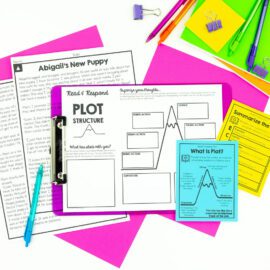
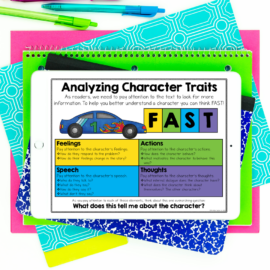
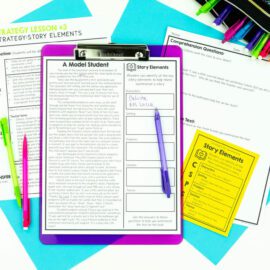









Leave a Comment
You must be logged in to post a comment.